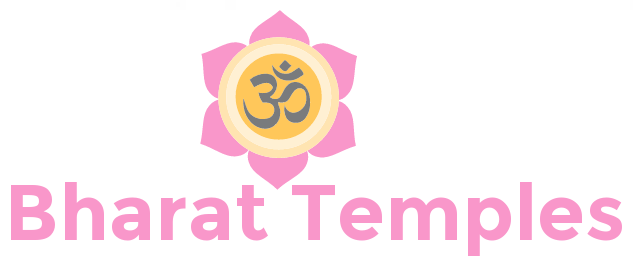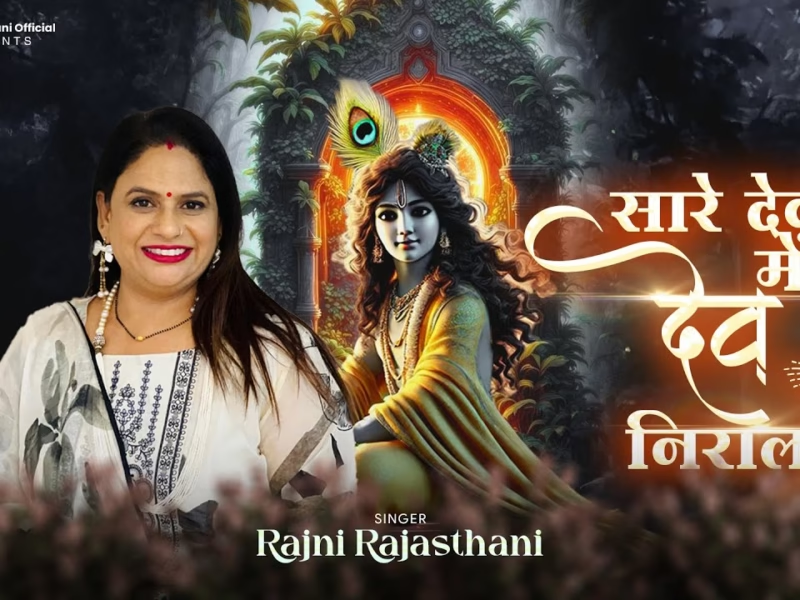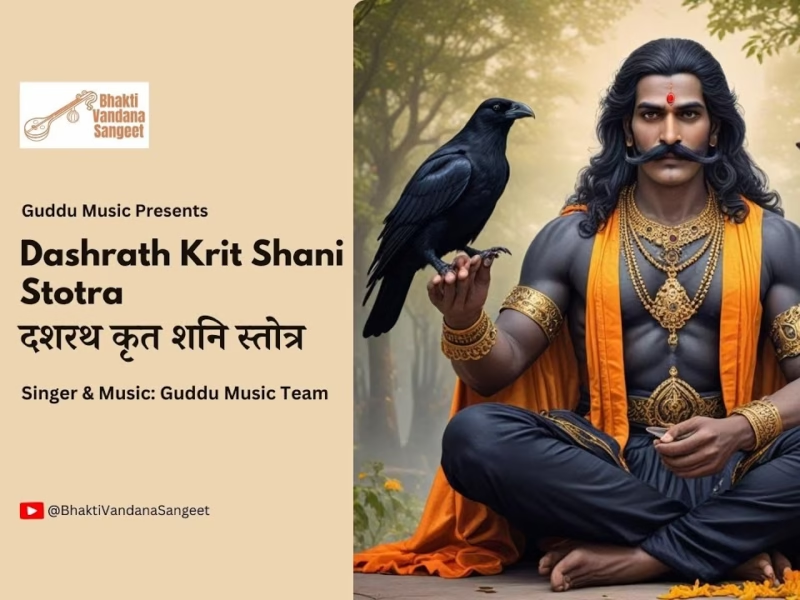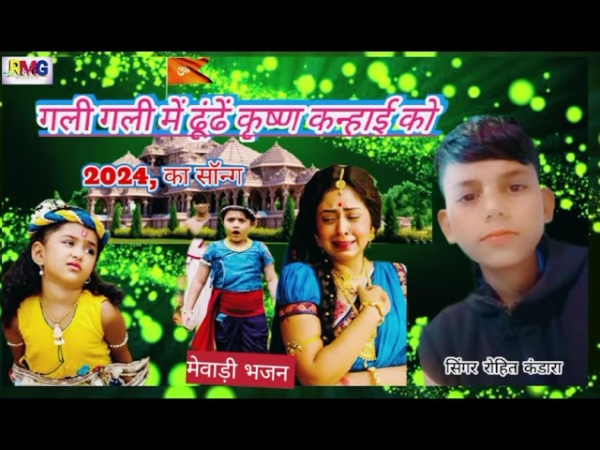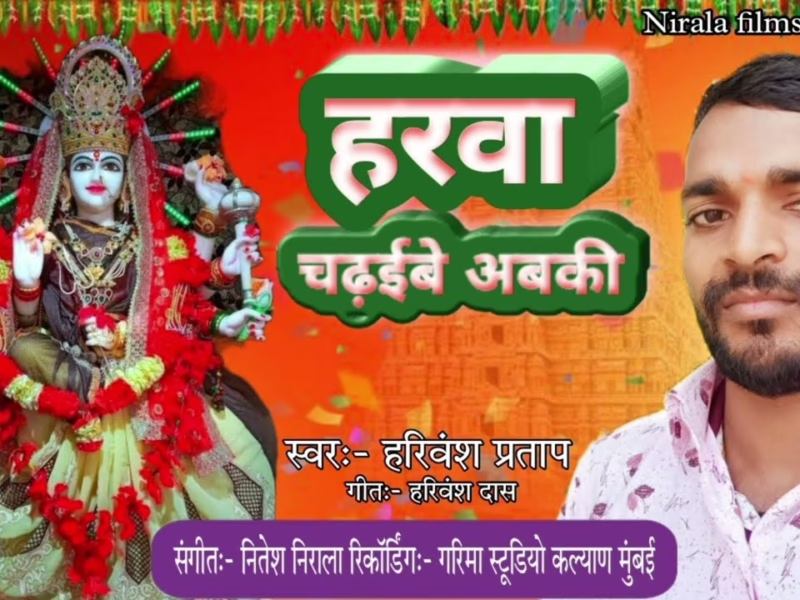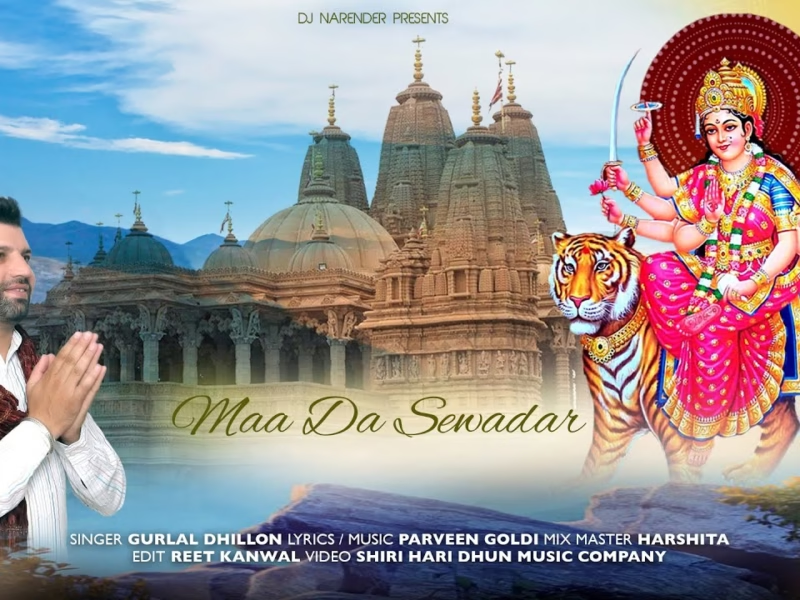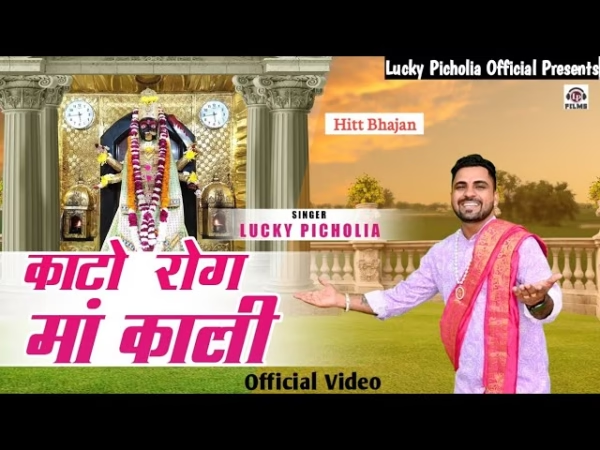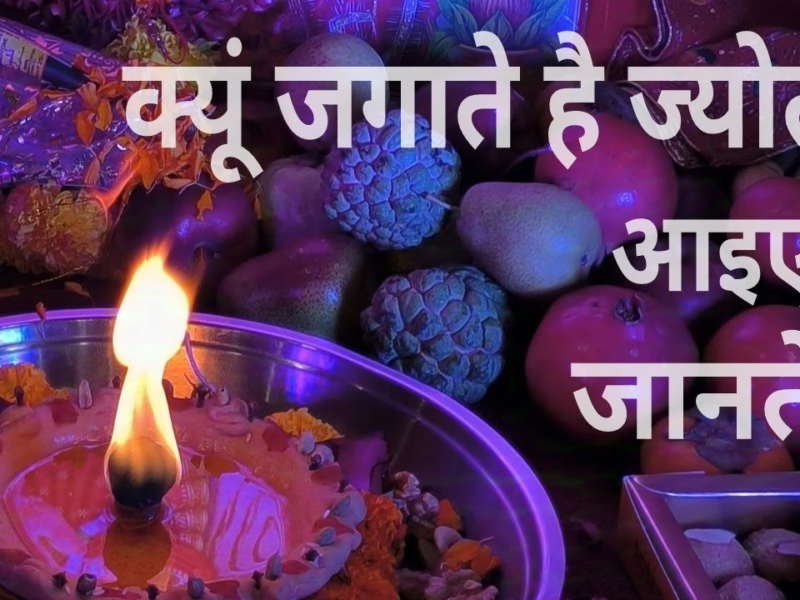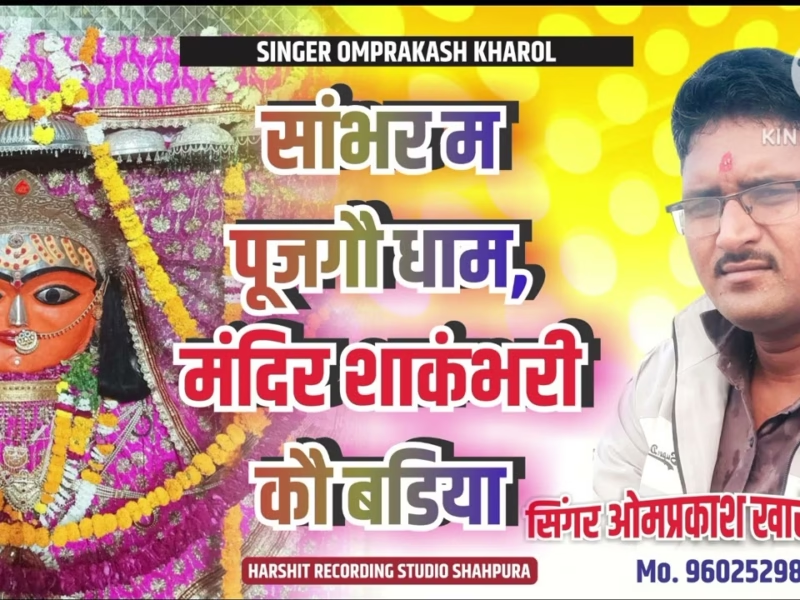Published by The Theosophical Publishing House, Chennai
Om ! That (Brahman) is infinite, and this (universe) is infinite.
The infinite proceeds from the infinite.
(Then) taking the infinitude of the infinite (universe),
It remains as the infinite (Brahman) alone.
Om ! Let there be Peace in me !
Let there be Peace in my environment !
Let there be Peace in the forces that act on me !
I-1. Brihaspati (the preceptor of the gods) asked (the sage) Yajnavalkya: (Which is) the Kurukshetra, (the famous holy place that destroys sins and protects the good, (the place) where the gods perform sacrifices and which is the abode of Brahman in all beings ? (Yajnavalkya replied): Avimukta is the Kurukshetra, (the place) where the gods perform sacrifices to deities and which is the abode of Brahman in all beings (i.e. the middle of the eye-brows). Hence wherever one goes one shall think thus: This is the Kurukshetra, the place where the gods perform sacrifices to the deities and which is the abode of Brahman in all beings. This is the spot where, when the vital airs depart from the living person, Rudra imparts the mantra (Taraka Brahman) to him by which, becoming immortal, he attains liberation (final beatitude). Hence one shall resort to the Avimukta; shall not desert the Avimukta. (Brihaspati approved of the statement saying): ‘So it is, Yajnavalkya’, verily it is so, O, revered one ! ‘It is so Yajnavalkya’.
II-1. Thereafter the sage Atri (son of the creator Brahma) asked of Yajnavalkya: ‘How am I to realize the Self which is infinite and unmanifest ?’ (To this) Yajnavalkya replied: That Avimukta (Lord Siva as the redeemer) is to be worshipped; the Self which is infinite and unmanifest, is established in (i.e., is non-different from) the Avimukta (in Ishvara, possessed of attributes)’.
II-2. ‘Which is that (place) where Avimukta is established ?’ ‘He is established in between varana and nasi’. ‘What is (meant by) varana and what (by) nasi ?’ ‘The varana is so called as it wards off all the faults committed by the (ten) organs (of perception and action). The nasi is so named as it destroys all sins committed by the (ten) organs. (The place between the varana and the nasi is the meeting place of the upper part of the nose and the centre of the eye brows). ‘Which is the seat of that (Avimukta) ?’ ‘That, which is the (well known) juncture of the eye brows and the nose, is the juncture of heaven (in the form of the crown of the head) and this world (in the form at the end of the chin). The knowers of the Veda worship indeed this juncture (Samadhi) as Sandhya (in their daily worship). That Avimukta is to be worshipped. He who knows this thus (the true nature of the Avimukta), imparts the wisdom of the Avimukta (that the individual Self is no other than the attributeless Brahman, to his disciples).
III-1. Then the discipline students (Brahmacharins of Yajnavalkya) asked him: ‘Pray, tell us, what is that mantra by reciting which one attains immortality ?’ He replied: ‘By (reciting) Satarudriya’. These mantras are indeed the names of (Rudra to achieve) immortality. By (reciting) these (mantras) one becomes immortal.
IV-1. Then Janaka, the king of the Videhas (respectfully) approached Yajnavalkya and requested him: ‘Revered Sir, expound (to me) the (tenets of) renunciation (Sannyasa)’. He (Yajnavalkya) then replied: ‘After completing the period of disciplined studentship (brahmacharya) one may become a householder. After being a householder he may become a forest-dweller (i.e., become a Vanaprastha). Having become a Vanaprastha he may renounce the world (and thus become a mendicant monk). Or, alternately, he may embrace renunciation from brahmacharya itself, or from the (stage of a) householder, or from the forest(-life of a Vanaprastha). (It can also be that) a person may renounce worldly life that very day on which distaste for it dawns on him, whether he is one not observing the vows (before the stage of renunciation) or observe them, whether he has undergone the prescribed ablution on completing the disciplined studentship or not, whether he is one who has discontinued maintaining the sacred fire at the death of his wife (utsannagni) or is one who does not maintain (for other causes) the sacred fire (anagnika).
Iv-2. Some (law givers) prescribe the sacrifice called prajapatya (of which the god Brahma is the presiding deity, to a twice-born before he embraces renunciation). But (though thus laid down) he may not do so. He shall only perform the sacrifice in which Agni is the deity. For Agni is the vital breath (Prana). Thereby he does (strengthen) the vital breath. He shall then perform the traidhataviya sacrifice. For the three forms of Agni in him, namely, Sattva, Rajas and Tamas are (strengthened) by this sacrifice. (Having performed the sacrifice) he shall smell (the smoke of) the holy fire, reciting the following mantra:
IV-3. ‘O Fire, this (vital breath) is your source; as you are born from Sutratman (at the proper time) you shine forth. Knowing him (the Atman, your ultimate source) may you merge (in him). May you increase our wealth’ (here the transcendent knowledge). Verily, this is the source of fire, namely the vital air. So what is said by this mantra is: ‘May you go unto your source’. Svaha.
IV-4. Having procured the holy fire from (the house of a well-versed Vedic scholar in) the village he shall smell the holy dire as described previously. If he is unable to procure the holy fire he shall offer the oblations in water. For water is, verily, all the gods. Reciting ‘I offer the oblation to all the gods, Svaha’ he shall tender the oblation and picking up (a small portion of) the offered oblation which is mixed with ghee, he shall eat it, as this is beneficial. The mantra of liberation (namely ‘Om’) is (the essence of) the three Vedas; this he shall realize. It is Brahman and It is to be worshipped. Indeed, so it is, O revered Yajnavalkya (said Janaka).
V-1. Then the (sage) Atri asked Yajnavalkya: ‘May I ask you Yajnavalkya, how is one without the sacred thread a Brahmana ?’ Yajnavalkya replied: (‘The conviction I am the) Self alone is his sacred thread. He shall then sip water (ceremoniously thrice). This is the method enjoined on those who renounce worldly life’.
V-2. (In the case of Kshatriyas and others not entitled to renunciation, they may seek liberation) in the path of the brave (who court death in the battle field) or fast (unto death as a discipline), or enter into water (to rise no more) or enter fire (to be burnt to ashes) or undertake the great journey (in which they collapse by exhaustion).
V-3. Then (in the case of those entitled to renunciation) the mendicant monk wearing (ochre) coloured garment, with shaven head, accepting nothing (excepting food for bare sustenance), being pure, injuring none (in thought, word and deed), (austerity) living on alms, becomes fit for realizing Brahman. If sorely afflicted (by disease, etc.,) he may renounce the world by mental resolve, or by spoken words uttering mantras. This way (of renunciation) has been prescribed by Brahma (the creator, in the Vedanta); the ascetic (the Sannyasin who has renounced the world) following this path realizes Brahman. ‘Thus indeed it is, O, revered Yajnavalkya’ (appreciated Janaka).
VI-1. There are sages called Paramahamsas (as in the days of yore, the sages) Samvartaka, Aruni, Svetaketu, Durvasas, Ribhu, Nidagha, Jadabharata, Dattatreya, Raivataka and others, wearing no distinguishing marks, with conduct beyond the ken (of worldly people) and who behaved as though bereft of their senses though (perfectly) sane.
VI-2. Discarding all these, namely the threefold staff (of bamboo), the water pot, the sling (to carry personal effects), the (alms-)bowl, the cloth for purifying water (tied to the staff), tuft of hair and sacred thread in water (i.e. a reservoir) by reciting ‘Bhuh Svaha’, the Paramahamsa shall seek the Atman.
VI-3. Possessing a form as one just born (i.e. unclad), unaffected by the pairs (of opposites, such as heat and cold, pleasure and pain), accepting nothing (except bare sustenance), well established in the path of the truth of Brahman, of pure mind, receiving alms into the mouth (literally into the vessel of the belly) at the prescribed hour in order to sustain life, becoming equanimous at gain or loss (of alms), sheltering himself, without an abode (of his own), in an unoccupied house, a temple, a clump of (tall) grass (or a heap of straw), an anthill, the shade of a tree, a potter’s hut, a cottage where sacred fire is kept, sandy bank of a river, a mountain thicket or cavity, a hollow in a tree, the vicinity of a water fall or a piece of clean ground; making no efforts (in any kind of gainful activity), free from ‘mineness’ (i.e. a sense of possessiveness), ever meditating on Brahman, devoted to the Self, ever intent on eradication of the good and bad karman, (the sage) finally gives up his body in the state of renunciation – (such a sage) is indeed a Paramahamsa. Thus (ends) the Upanishad.
Om ! That (Brahman) is infinite, and this (universe) is infinite.
The infinite proceeds from the infinite.
(Then) taking the infinitude of the infinite (universe),
It remains as the infinite (Brahman) alone.
Om ! Let there be Peace in me !
Let there be Peace in my environment !
Let there be Peace in the forces that act on me !
Here ends the Jabalopanishad belonging to the Sukla-Yajur-Veda.
